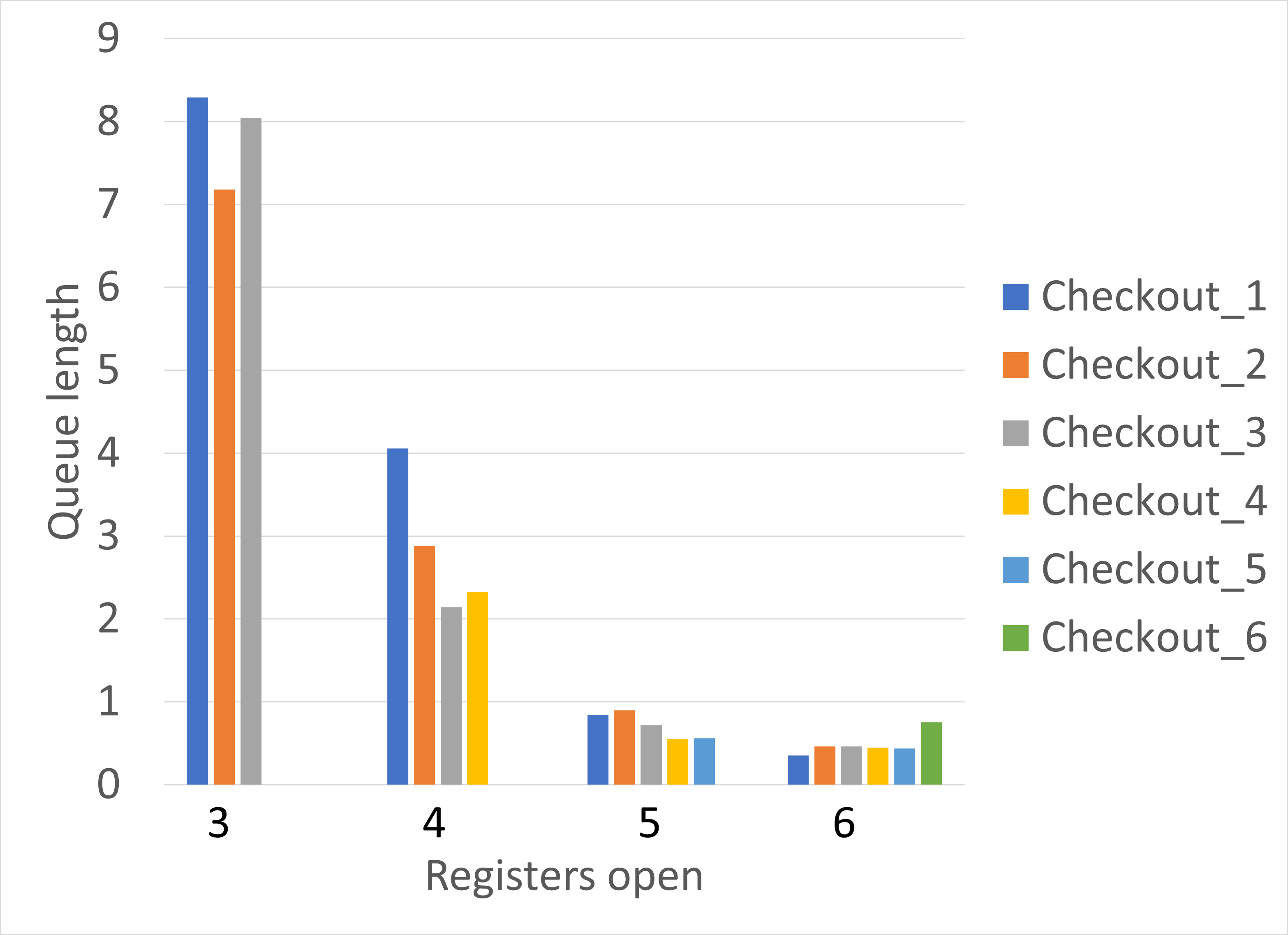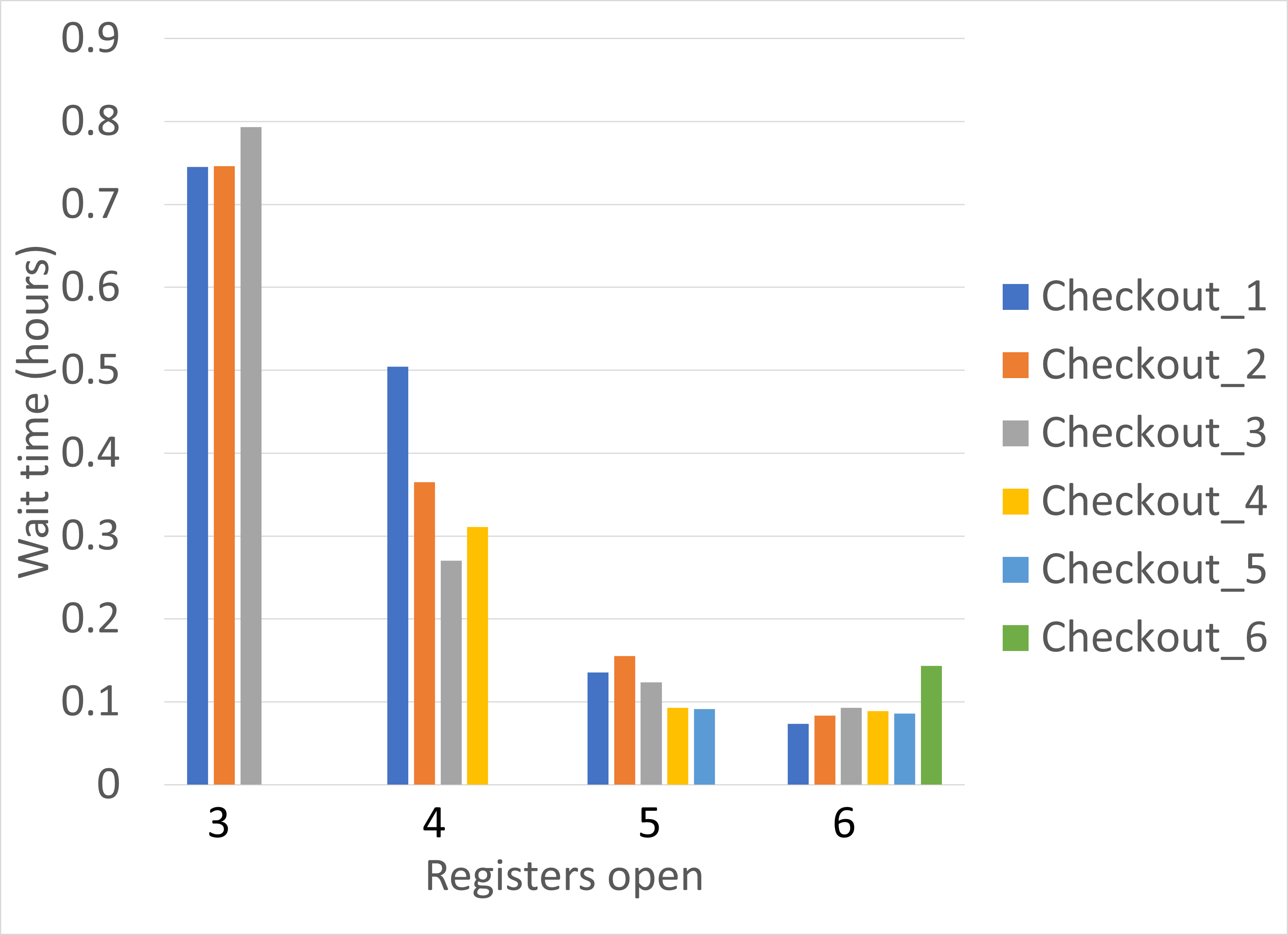Optimizing Store Checkout with Simio Simulation: A Case Study
Introduction
As a manager at a local grocery store, you’re facing a familiar challenge: long checkout lines and dissatisfied customers. With limited resources and tight budgets, finding a solution that maintains customer satisfaction while maximizing efficiency is crucial. In this case study, we explore how simulation modeling, using Simio software, can help address this issue and recommend an optimal number of registers to have open.
Understanding the Challenge
Armed with knowledge about simulation modeling, you decide to take matters into your own hands. By collecting data from the observation deck for a week, you identify three main customer profiles that visit the store:
- Type A Shoppers: These customers fill their carts with groceries for the week.
- Type B Shoppers: These shoppers quickly grab a few items throughout the day.
- Type C Shoppers: Shopping in the mid-late afternoon, they buy ingredients for that day’s dinner.
You’ve noted their arrival rates, shopping times, and checkout times, and now you’re ready to create a simulation model.
Building the Simulation Model
Using Simio software, you construct a detailed simulation model that mimics the real-world flow of customers through your grocery store. You define customer arrival rates and shopping times based on your collected data. You also account for the store’s operating hours from 12 PM to 9 PM, running the simulation for 10 hours a day.
Initially, you start with the baseline scenario of three registers open, reflecting the current situation at the store. However, you recognize that more registers might be necessary to reduce queue lengths and wait times. So, you decide to perform multiple replications, gradually increasing the number of registers and observing the impact on the system.
Simulation Results and Analysis
| After running 10 replications for each scenario, you gather valuable insights into the store’s operations. You compile the results, including queue lengths, wait times, and register utilization, into a comprehensive table. As you analyze the data, certain trends become evident: |


The results show how the queue lengths, wait times, and register utilization change as you increase the number of registers. This information allows you to make an informed recommendation for the optimal number of registers the store should have open.
Recommendation and Conclusion
Based on the simulation results, it’s clear that the store’s current setup with only three registers open leads to longer queue lengths and wait times, ultimately affecting customer satisfaction. As you increase the number of registers, you observe a gradual reduction in these metrics. While more registers can improve customer experience, it’s essential to find a balance between staff costs and customer service.
After careful analysis, you recommend that the store considers opening five or six registers during peak hours. This adjustment should help alleviate the long checkout lines and improve customer satisfaction without significantly overstaffing the store.
In conclusion, the application of simulation modeling through Simio software has provided valuable insights into solving the grocery store’s checkout challenge. By simulating different scenarios and analyzing the results, you’ve been able to make an informed recommendation that strikes a balance between customer satisfaction and operational costs. This case study demonstrates the power of simulation modeling in real-world problem-solving scenarios, showcasing its potential to drive positive changes and improvements in various industries.

